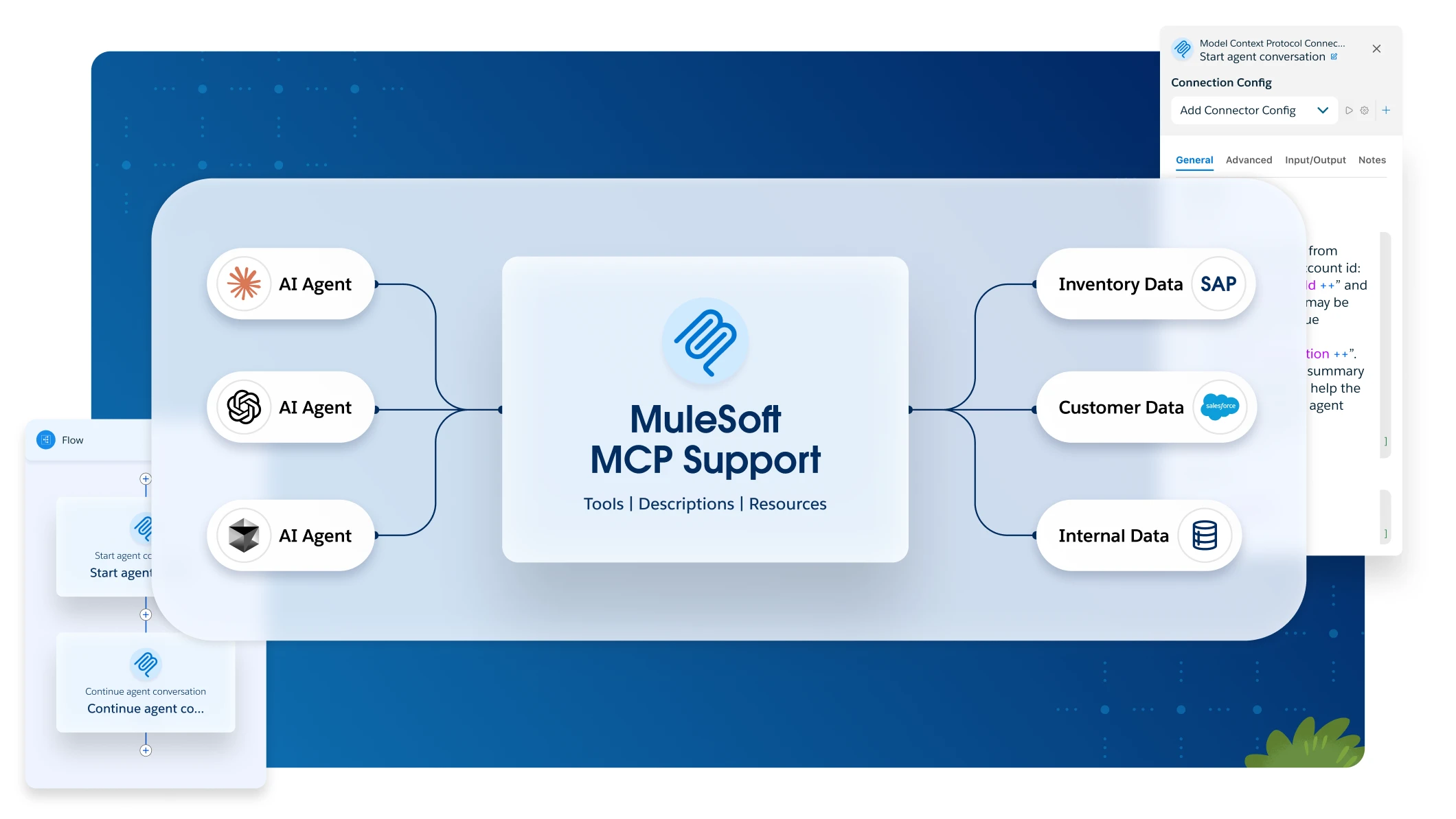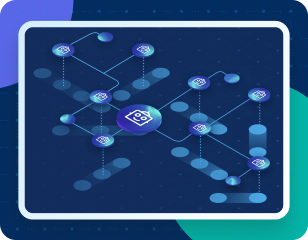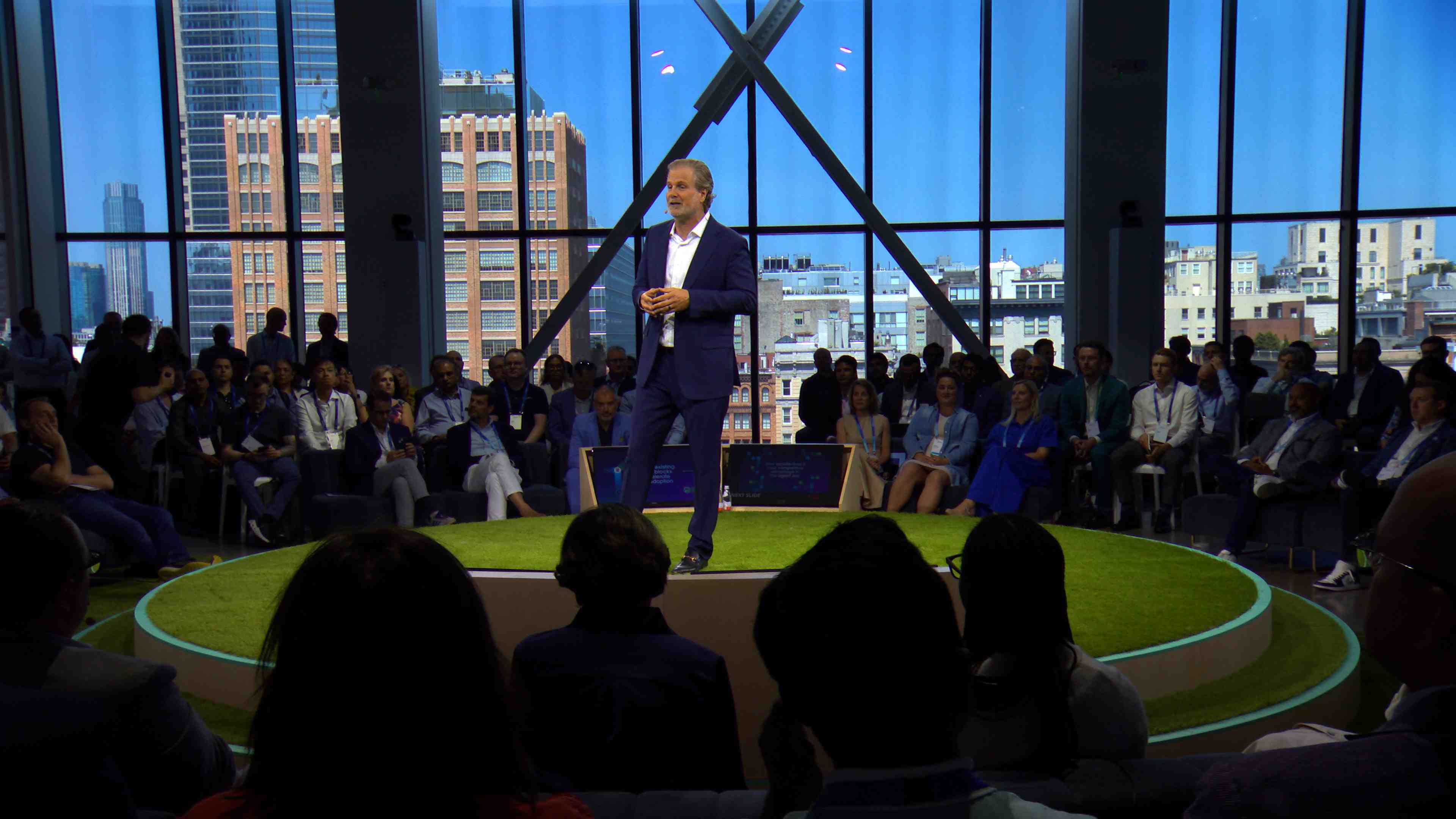Search Results for: Cloudhub
Meet the top Q1 MuleSoft Community contributors
Our Community continues to amaze us with their continued contributions, commitment to helping thousands of fellow MuleSoft users, and participation in MuleSoft Meetups and other events. This past quarter was extremely busy from hosting special Meetups during MuleSoft Partner Kickoff, introducing a new MuleSoft Ambassador/Ambassadress cohort, and more.
Opinion: Did lack of agility stall a retail giant’s digital transformation attempt?
In a recent article about a major retailer’s struggles to balance Amazon-grade competitive pressure to digitally transform against the livelihoods of its in-store customer associates, CNBC.com quotes Wharton School professor Santiago Gallino as saying that retailers must “reinvent themselves and rethink the role of employees [or risk becoming extinct].”
Capitalizing on data economics
This is the first in a three-part series on how APIs can be used to maximize the value of data in a digital organization.
Deployment models for MuleSoft Government Cloud
The Government’s Cloud First initiative and the Office of Management and Budget (OMB)’s Cloud Smart strategy announcement is to drive cloud adoption in federal agencies. The federal agencies have struggled to get out from under the old, insecure legacy applications they have inherited. The inability to move toward a citizen-friendly experience, meeting the FedRAMP security […]
How to adopt sustainable engineering practices with MuleSoft
Collectively, we all have a part to play in saving our planet. Even as developers, architects, and product owners we have the power to design, build, and operate applications with sustainably in mind interweaved at every stage of the SDLC.
Multi-region deployments using Anypoint Runtime Fabric on Amazon Kubernetes Services
The recent release of Anypoint Runtime Fabric to the managed container platforms offered by Amazon Web Services, Microsoft Azure, and Google Cloud Platform opens the door to a range of new deployment architectures that would have previously been cost prohibitive.
Why connected experiences are needed to transform senior care systems
Senior, or aged care, systems around the globe are struggling to provide higher quality care for one of society’s most vulnerable yet often overlooked groups, the elderly.
How MuleSoft women are navigating life and work in tech
The Women Who Mule Meetup group continues to offer insightful monthly Meetups for women in tech and allies located around the world. Whether they are discussing recent product updates, a day in their life as an integration practitioner, or offering advice for navigating life as a working mom, the women who speak and share their […]
Cut from the same cloth: iPaaS vs. ITPA
Integration Platform as a Service (iPaaS) is often pigeonholed as a means of providing APIs that can be used to connect multiple systems together and nothing more. However, looking at this through a slightly different lens can provide a viewpoint on how IPaaS can be just as effective at automating commonly-executed tasks as an IT Process […]
How to install basic Runtime Fabric CI/CD with Jenkins and Nexus
This is the final article in a mini-series on Runtime Fabric. In this blog, we will review the basic building blocks for the Runtime Fabric CI/CD deployment process, then provide an end-to-end example using Git, Jenkins, and Nexus.




